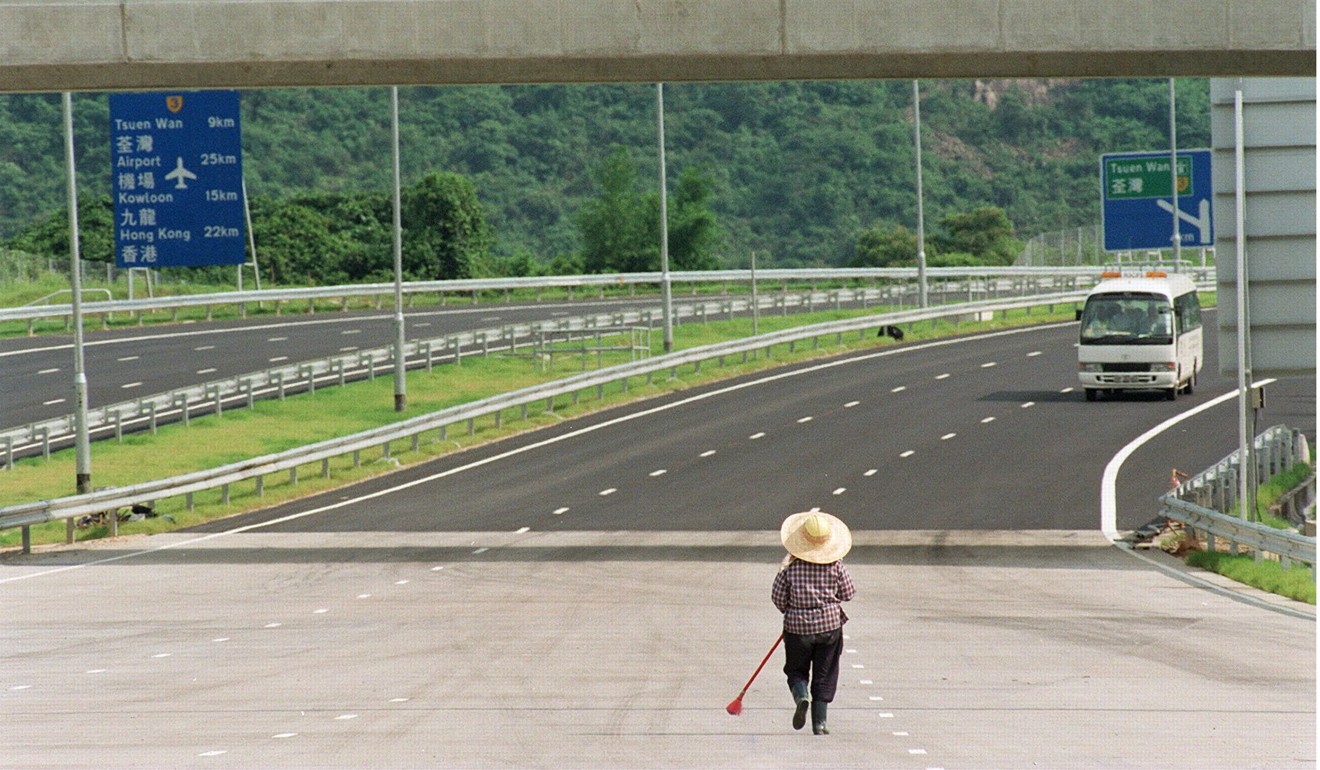Why Hong Kong doesn’t need large-scale reclamation or country park land for housing
Paul Zimmerman calls on the task force that will look into the city’s land supply sources to carefully weigh the public costs for each. By this yardstick, the least damaging options should be chosen

Hong Kong does not have a land supply problem, but a land use problem – this was one of the conclusions at the 2017 Annual Land Forum organised last month by Land Watch. The theme this year was “Land Challenges amid a New Administration”.
In TV advertisements, the government confirmed that land supply up to 2030 has been secured. “Hong Kong 2030 Plus”, the most recent update of Hong Kong’s territorial development strategy, estimates that around 4,800 hectares of land is required when looking beyond 2040. This assumes an aggressive immigration policy to counter Hong Kong’s ageing population.
Committed and planned projects will provide some 3,600 hectares. For the 1,200-hectare shortfall, the government has touted land supply options including large reclamation between Hong Kong Island and Lantau, and the use of country park areas near Sha Tin, and near Pat Heung.
Groups such as Liber Research Community point out that the recycling of brownfields, and the upcycling of land set aside for village-type developments, can provide the land needed. And they are not alone.
The Planning Department completed a land use review of Kam Tin South and Pat Heung in 2014, and identified sites for at least 33,000 residential units at and in the vicinity of Kam Sheung MTR station and the Pat Heung Maintenance Centre.
There is also an abundance of “abandoned agricultural land” along Kam Sheung Road now used for open storage, temporary car parks and other brownfield uses. And there’s a large green belt area next to Shui Chuen O estate in Sha Tin. All these sites have good rail and road access and could be considered before developing country park areas.
Our village development is not only an inefficient use of land, but the administration of the village house policy is also deeply flawed. Villages are chaotic and lack proper drainage, sewage and road networks. Recent flooding along Ting Kok Road demonstrates how the random growth of village housing risks life and property. The absence of proper sewerage has long been recognised as a hygiene problem.
The roads in village areas are mostly informal and do not meet the Highways Department’s design standards. Fire safety is compromised as emergency vehicles can’t get to properties. And where village developments mix with brownfield uses, pedestrians and cyclists face trucks thundering through narrow roads without pavements or any refuge.
Whether the rights to a village house will end one day, improved layouts and proper utilities will permit a higher density with taller buildings in villages.
Alternative strategies have also been proposed in response to large-scale reclamation. Developing the container ports which are close to the core urban areas, and building a new town in Junk Bay, between Lohas Park and Chai Wan, are deemed to be more efficient. They would continue Hong Kong’s successful hyper-density model which reduces travel time between work, home and schools. And the plans could be implemented at a lower cost as they tap into existing road and rail infrastructure.
This hyper-density combined with large areas of natural wilderness is Hong Kong’s competitive advantage over cities like New York, London, Beijing and Shanghai. If we fail to recognise this, we risk squandering both. The government should resist choosing land options with the least political cost, favouring the few and disregarding future generations.
In the search for land, some look at country parks as a convenient land bank. The government has now instructed a developer to consider country park areas on the periphery – where noise, light and traffic are an issue – for development. But if we accept these criteria, we will be forever eating up country parks until no greenery is left.
Another approach would be to consider country parks as special assets. Decisions to make them smaller would need to be taken very carefully. We have a law for creating parks. We have a law for managing parks. But we do not have a law that says how to cut parts off a country park, so we can learn from another special asset: Victoria Harbour.

To reclaim land, we must prove that there is an overriding public need, that there are no reasonable alternatives and that only the minimum is taken away. In 1995, we did exactly this to build Route 3 to Yuen Long through Tai Lam Country Park. Instead of digging a road, we limited the damage by building a tunnel. Only two hectares were lost for the approach road and an area of around 40 hectares was added to the park elsewhere.
In her manifesto, Chief Executive Carrie Lam Cheng Yuet-ngor promised to engage professionals, stakeholders and the community. The government is preparing to set up a dedicated task force to take a macro view of our land supply options. We need an equitable, fair and sustainable process for discussing land supply options. To achieve this, it is important that the task force has broad representation. Second it should start by identifying principles and criteria to guide decision-making. And third, it needs resources to determine the costs and benefits of alternative strategies.
Paul Zimmerman is a Southern District councillor and CEO of Designing Hong Kong